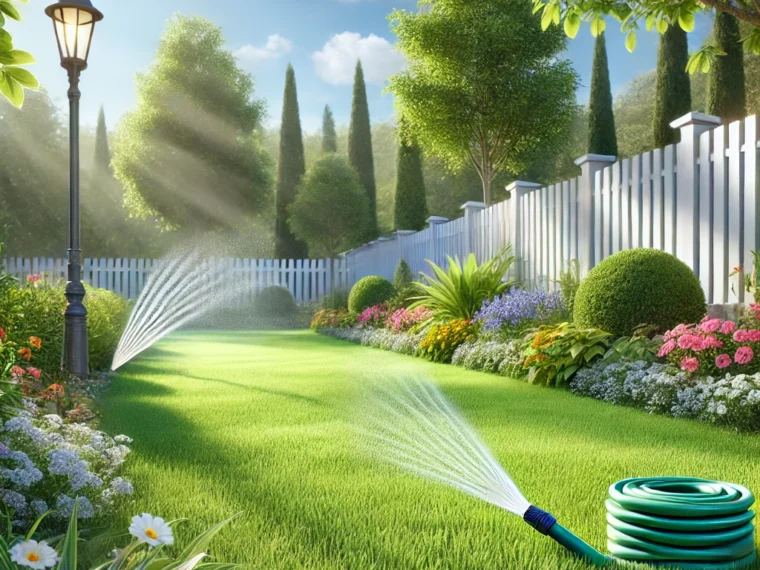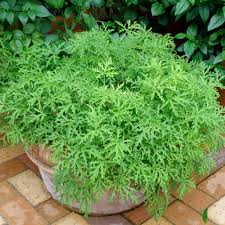A lush, green lawn is a source of pride for many homeowners, but maintaining it can be challenging, especially during the hot summer months. Brown spots, dryness, and patchy grass can frustrate even the most dedicated gardeners. The good news? The secret to keeping your lawn from turning brown lies in a few simple but effective practices that focus on proper watering, soil health, and maintenance techniques. Let’s dive into the steps to maintain that perfect green carpet.
1. Master the Art of Proper Watering
Watering is critical to keeping your lawn green, but overwatering or underwatering can lead to problems. Here’s how to strike the right balance:
- Water Deeply and Infrequently
Instead of light, daily watering, aim for a deep soak 2-3 times a week. This encourages grass roots to grow deeper, making the lawn more drought-resistant.- Water early in the morning (before 9 a.m.) to minimize evaporation and fungal growth.
- Use the “Screwdriver Test”
To determine if your lawn needs water, push a screwdriver into the soil. If it goes in easily, the soil is moist enough. If not, it’s time to water.
2. Focus on Soil Health
Healthy soil is the foundation of a green lawn. Poor soil can lead to weak grass that browns easily.
- Aerate Your Lawn
Compacted soil restricts root growth and prevents water and nutrients from penetrating. Aerate your lawn annually to loosen the soil. This can be done using a manual or mechanical aerator. - Feed Your Soil
Apply a slow-release, nitrogen-rich fertilizer to nourish your grass. Organic fertilizers, like compost or fish emulsion, also improve soil health over time. - Test the pH
Grass thrives in slightly acidic to neutral soil (pH 6.0–7.0). If your lawn is turning brown despite your efforts, test the pH and amend the soil with lime (to increase pH) or sulfur (to lower pH) as needed.
3. Mow Smartly
Your mowing habits play a significant role in your lawn’s health. Follow these guidelines for optimal results:
- Set the Blade High
Taller grass blades provide shade for the soil, reducing water loss and preventing weed growth. Set your mower blade to 2.5–4 inches, depending on your grass type. - Keep Blades Sharp
Dull mower blades tear the grass, causing stress and brown tips. Sharpen your mower blades regularly for a clean cut. - Leave Grass Clippings
Mulching grass clippings adds nutrients back into the soil, acting as a natural fertilizer.
4. Address Problem Areas
Brown spots can appear even in the best-maintained lawns. Here’s how to handle them:
TO CONTINUE READING THE ARTICLE PLEASE SEE PAGE 2




